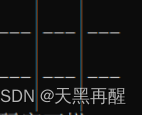当前位置:网站首页>轻松玩转三子棋
轻松玩转三子棋
2022-07-04 12:33:00 【天黑再醒】
三子棋最终运行的界面:
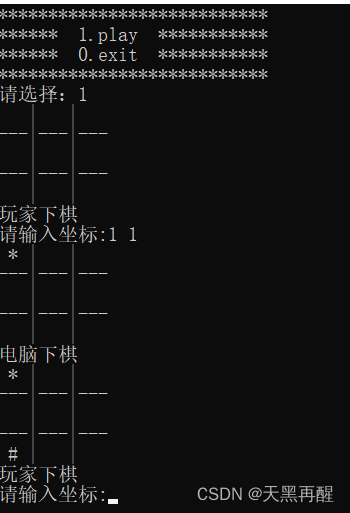
三子棋的思路步骤:
首先建game.h,game.c和test.c
game.h 用来函数的声明
game.c 游戏的实现
test.c 测试游戏的逻辑
因为玩游戏,得让玩家有次体验感,这是就得用到do.....while的用法
先把主函数写出来:
int main()
{
test();
return 0;
}再从test函数里嵌套:
上来就是do...while,游戏得有界面,可直接用printf打印
void menu()
{
printf("***************************\n");
printf("****** 1.play ***********\n");
printf("****** 0.exit ***********\n");
printf("***************************\n");
}接着要进入,选项有多样,可以用switch语句选择,选择1就开始游戏,选择0就结束游戏,如果输入其他是数值,可以用default。
void test()
{
int input = 0;
do
{
menu();
printf("请选择:");
scanf_s("%d", &input);
switch (input)
{
case 1:
game();
break;
case 0:
printf("退出游戏\n");
break;
default:
printf("选择错误,请重新选择\n");
break;
}
} while (input);
}单纯的这样运行会出现报错,,要在game.c,test.c中都得包含头文件:
#include"game.h"
为了棋盘的可玩性,如果想玩10×10或者5×5的,那board[3][3]就实现不了,可以借用全局变量来完成,在game.h中定义:
#define ROW 3 #define COL 3
第一步:初始化棋盘:
在test.c的game()函数中打出
InitBoard(board, ROW, COL);其次在game.h中声明函数:
void InitBoard(char board[ROW][COL],int row,int col);在game.c中编写棋盘初始化的函数,可以用for循环来写:
void InitBoard(char board[ROW][COL], int row, int col) { int i = 0; for (i = 0; i < row; i++) { int j = 0; for (j = 0; j < col; j++) { board[i][j] = ' '; } } }使棋盘上的数据为空格,这样打印出来只是空白,什么也看不了。这时候就就进行下一步,将棋盘的外形“打造”出来。
第二部打印棋盘:
在test.c中的game()函数里输入
Displayboard(board, ROW, COL);在game.h中声明函数:
void Displayboard(char board[ROW][COL], int row, int col);接着在game.c中写出函数
void Displayboard(char board[ROW][COL], int row, int col) { int i = 0; for (i = 0; i < row; i++) { int j = 0; for (j = 0; j < col; j++) { printf(" %c ", board[i][j]); if(j<col-1) printf("|"); } printf("\n"); if (i < row - 1) { for (j = 0; j < col; j++) { printf("---"); if (j < col - 1) printf("|"); } printf("\n"); } } }为了确保棋盘是这种格式的
在for的内循环里把 空格%c空格( %c ) 看成一个整体这样的写是为了与下面的---相对应,达到一种匀称的感觉,接着打印竖杠(|)但内循环是j<col,就会导致每一行的最后面也有个竖杠(|),这时候用if语句来化解 if(j<col-1) ,打印完一行后,要换行printf("\n");打印---的时候也是同理,不过就是if (i < row - 1)了。
第三步:玩家下棋
在test.c源文件里的game()函数里输入:
player_move(board, ROW, COL);接着在game.h中声明函数:
void player_move(char board[ROW][COL], int row, int col);最后在game.c里写出函数:
void player_move(char board[ROW][COL], int row, int col) { int x = 0; int y = 0; printf("玩家下棋\n"); while (1) { printf("请输入坐标:"); scanf_s("%d %d", &x, &y); if (x >= 1 && x <=row && y >= 1 && y <=col) { //下棋 if (board[x - 1][y - 1] == ' ') { board[x - 1][y - 1] = '*'; break; } else { printf("该坐标被占用,请重新输入\n"); } } else { printf("坐标不合法,请重新输入\n"); } } }因为是为了让玩家体验游戏,设置2个变量,来供玩家输入,玩家不一定知道数组的下标是从0开始的,所以得
if (x >= 1 && x <=row && y >= 1 && y <=col)现在编写的是3×3的,输入坐标的时候,横纵坐标都是从1到3,但数组的下标是从0到2,相差1,所以得
board[x - 1][y - 1]因为是三子棋游戏,下棋前得确定所输入的坐标位置是不是空格,否则就会出现“悔棋”的现象,如果还是空格就可以
board[x - 1][y - 1] = '*';然后break跳出,如果被占据,就else
else { printf("该坐标被占用,请重新输入\n"); }这样就完事了吗???
不!不!不!
如果玩家输入的坐标不是或者超出范围,程序就无法运行,因此还要再次else
else { printf("坐标不合法,请重新输入\n"); }
第四步:电脑下棋
首先在test.c中的game()函数中输入:
Displayboard(board, ROW, COL);接着在game.h中声明这个函数:
void computer_move(char board[ROW][COL], int row, int col);最后在game.c中编写函数:
void computer_move(char board[ROW][COL], int row, int col) { int x = 0; int y = 0; printf("电脑下棋\n"); while (1) { x = rand() % row; y = rand() % col; if (board[x][y] = ' ') { board[x][y] = '#'; break; } } }因为是电脑下棋为了简单点,让电脑随机输入坐标。rand取余row得到的就是row-1。rand函数是给出随机值。srand函数的参数类型为无符号整型,它的作用是定义rand的起始部分,函数头文件stdlib.h。以时间戳函数time()的返回值作为参数可以增大随机度,函数头文件time.h。srand配合时间戳使用,只定义一次才可以保证随机度最大,于是我们放到主函数里面定义srand。所以在test函数里
srand((unsigned int)time(NULL));在game.h里加入头文件
#include<stdlib.h> #include<time.h>此时玩家和电脑下棋的函数编写出来,游戏就是有来有往,玩家下过,电脑下,电脑下过,玩家下.......往下循环下去,这时候应该在test.c源文件里用while循环来执行
while (1) { //玩家下棋 player_move(board, ROW, COL); Displayboard(board, ROW, COL); //电脑下棋 computer_move(board, ROW, COL);//随机下棋 Displayboard(board, ROW, COL); }
第五步:判断输赢
游戏是过程,最终得有个输赢,结果有:玩家赢,电脑赢,平局
然后输出结果,为了方便:
玩家赢 输出 *
电脑赢 输出 #
平局 输出 Q
如果还想接着玩就输出 C
在test.c中while的循环里进行变动,经过刚开始的博弈后,玩家再下一次的时候进行判断,判断玩家是否赢了,如果赢了就break跳出,输出 * ; 如果玩家没赢,电脑下一次,判断电脑是不是赢了,如果是电脑赢了,也是break跳出,输出 # 。如果最后下满了,都没赢输出 Q 。所以要写一个判断输赢的函数:
再test.c中game()函数里编写
ret=is_win(board,ROW,COL);接着再game.h中声明函数:(因为输出的是字符,所以返回类型应该是char)
char is_win(char board[ROW][COL], int row, int col);再game.c函数里编写函数:
char is_win(char board[ROW][COL], int row, int col)
{
int i = 0;
//判断行
for (i = 0; i < row; i++)
{
if (board[i][0] == board[i][1] && board[i][1] == board[i][2] && board[i][1] != ' ')
{
return board[i][1];
}
}
//判断列
for (i = 0; i < col; i++)
{
if (board[0][i] == board[1][i] && board[1][i] == board[2][i] && board[1][i] != ' ')
{
return board[1][i];
}
}
//判断对角线
if (board[0][0] == board[1][1] && board[1][1] == board[2][2] && board[1][1] != ' ')
{
return board[1][1];
}
if (board[0][2] == board[1][1] && board[1][1] == board[2][0] && board[1][1] != ' ')
{
return board[1][1];
}
//判断平局
if (if_full(board, row, col) == 1)
{
return 'Q';
}
return 'C';
}为了判断输赢,三子棋游戏赢的情况无非三种:一行相同,一列相同,对角线相同
先看第一种:一行相同
for (i = 0; i < row; i++)
{
if (board[i][0] == board[i][1] && board[i][1] == board[i][2] && board[i][1] != ' ')
{
return board[i][1];
}
}保证相邻的相同而且不是空格,这时候就是玩家赢,这时候要输出*了,但如果玩家不想用*玩,想用其他字符来代替,这个时候返回*就不成立了,但,我们可以返回相同行的其中的一个就可以。
接着第二种:一列相同
for (i = 0; i < col; i++)
{
if (board[0][i] == board[1][i] && board[1][i] == board[2][i] && board[1][i] != ' ')
{
return board[1][i];
}
}保证相邻的相同而且不是空格,这时候就是电脑赢,这时候要输出#了,但如果电脑也有小脾气哈,不想用#玩,想用其他字符来代替,这个时候返回#就不成立了,但,我们可以返回相同行的其中的一个就可以。
最后第三种:对角线相同
if (board[0][0] == board[1][1] && board[1][1] == board[2][2] && board[1][1] != ' ')
{
return board[1][1];
}
if (board[0][2] == board[1][1] && board[1][1] == board[2][0] && board[1][1] != ' ')
{
return board[1][1];
}对角线有两条,要写两个if语句,保证对角线相连的相同就可以。
还有平局的情况
if (if_full(board, row, col) == 1)
{
return 'Q';
}
return 'C';
}则是判断棋盘上是不是不在是空格,这时候又得写一个函数来判断棋盘是不是下满了。因为要结束了,不想再麻烦,可以直接在game.c中编写函数,编写一个只属于它的情况,这时候可以用到局部变量static的用法
static int if_full(char board[ROW][COL], int row, int col)
{
int i = 0;
for (i = 0; i < row; i++)
{
int j = 0;
for (j = 0; j < col; j++)
{
if (board[i][j] == ' ')
{
return 0; //没满
}
}
}
return 1; //满了
}如果满了返回1,如果没满返回2,如果还想玩就返回C。
完整代码如下:
test.c:
#define _CRT_SECURE_NO_WARNINGS 1
#include<stdio.h>
#include"game.h"
void menu()
{
printf("***************************\n");
printf("****** 1.play ***********\n");
printf("****** 0.exit ***********\n");
printf("***************************\n");
}
void game()
{
char ret = 0;
//存放下棋的数据
char board[ROW][COL]={0};
//初始化棋盘为空格
InitBoard(board, ROW, COL);
//打印棋盘
Displayboard(board, ROW, COL);
while (1)
{
//玩家下棋
player_move(board, ROW, COL);
Displayboard(board, ROW, COL);
//判断输赢
ret=is_win(board,ROW,COL);
if (ret != 'C')
{
break;
}
//电脑下棋
computer_move(board, ROW, COL);//随机下棋
Displayboard(board, ROW, COL);
ret = is_win(board, ROW, COL);
if (ret != 'C')
{
break;
}
}
if (ret == '*')
{
printf("玩家赢了\n");
}
else if (ret == '#')
{
printf("电脑赢了\n");
}
else
{
printf("平局\n");
}
}
//结局
//玩家赢 *
//电脑赢 #
//平局 Q
//继续 C
void test()
{
int input = 0;
srand((unsigned int)time(NULL));
do
{
menu();
printf("请选择:");
scanf_s("%d", &input);
switch (input)
{
case 1:
game();
break;
case 0:
printf("退出游戏\n");
break;
default:
printf("选择错误,请重新选择\n");
break;
}
} while (input);
}
int main()
{
test();
return 0;
}game.c:
#define _CRT_SECURE_NO_WARNINGS 1
#include"game.h"
void InitBoard(char board[ROW][COL], int row, int col)
{
int i = 0;
for (i = 0; i < row; i++)
{
int j = 0;
for (j = 0; j < col; j++)
{
board[i][j] = ' ';
}
}
}
void Displayboard(char board[ROW][COL], int row, int col)
{
int i = 0;
for (i = 0; i < row; i++)
{
int j = 0;
for (j = 0; j < col; j++)
{
printf(" %c ", board[i][j]);
if(j<col-1)
printf("|");
}
printf("\n");
if (i < row - 1)
{
for (j = 0; j < col; j++)
{
printf("---");
if (j < col - 1)
printf("|");
}
printf("\n");
}
}
}
void player_move(char board[ROW][COL], int row, int col)
{
int x = 0;
int y = 0;
printf("玩家下棋\n");
while (1)
{
printf("请输入坐标:");
scanf_s("%d %d", &x, &y);
if (x >= 1 && x <=row && y >= 1 && y <=col)
{
//下棋
if (board[x - 1][y - 1] == ' ')
{
board[x - 1][y - 1] = '*';
break;
}
else
{
printf("该坐标被占用,请重新输入\n");
}
}
else
{
printf("坐标不合法,请重新输入\n");
}
}
}
void computer_move(char board[ROW][COL], int row, int col)
{
int x = 0;
int y = 0;
printf("电脑下棋\n");
while (1)
{
x = rand() % row;
y = rand() % col;
if (board[x][y] = ' ')
{
board[x][y] = '#';
break;
}
}
}
static int if_full(char board[ROW][COL], int row, int col)
{
int i = 0;
for (i = 0; i < row; i++)
{
int j = 0;
for (j = 0; j < col; j++)
{
if (board[i][j] == ' ')
{
return 0; //没满
}
}
}
return 1; //满了
}
char is_win(char board[ROW][COL], int row, int col)
{
int i = 0;
//判断行
for (i = 0; i < row; i++)
{
if (board[i][0] == board[i][1] && board[i][1] == board[i][2] && board[i][1] != ' ')
{
return board[i][1];
}
}
//判断列
for (i = 0; i < col; i++)
{
if (board[0][i] == board[1][i] && board[1][i] == board[2][i] && board[1][i] != ' ')
{
return board[1][i];
}
}
//判断对角线
if (board[0][0] == board[1][1] && board[1][1] == board[2][2] && board[1][1] != ' ')
{
return board[1][1];
}
if (board[0][2] == board[1][1] && board[1][1] == board[2][0] && board[1][1] != ' ')
{
return board[1][1];
}
//判断平局
if (if_full(board, row, col) == 1)
{
return 'Q';
}
return 'C';
}game.h:
#pragma once
#include<stdio.h>
#include<stdlib.h>
#include<time.h>
#define ROW 3
#define COL 3
//初始化棋盘
void InitBoard(char board[ROW][COL],int row,int col);
//打印棋盘
void Displayboard(char board[ROW][COL], int row, int col);
//玩家下棋
void player_move(char board[ROW][COL], int row, int col);
//电脑下棋
void computer_move(char board[ROW][COL], int row, int col);
//判断输赢
char is_win(char board[ROW][COL], int row, int col);欢迎大家试玩!
边栏推荐
- [Yunju entrepreneurial foundation notes] Chapter II entrepreneur test 15
- Ultimate bug finding method - two points
- [directory] search
- Map container
- MPLS experiment
- VBA, JSON interpretation, table structure -json string conversion
- [Yunju entrepreneurial foundation notes] Chapter II entrepreneur test 11
- [solve the error of this pointing in the applet] SetData of undefined
- Source code analysis of the implementation mechanism of multisets in guava class library
- Unity performance optimization reading notes - Introduction (1)
猜你喜欢
![Cadence physical library lef file syntax learning [continuous update]](/img/d5/0671935b074e538a2147dbe51a5a70.jpg)
Cadence physical library lef file syntax learning [continuous update]
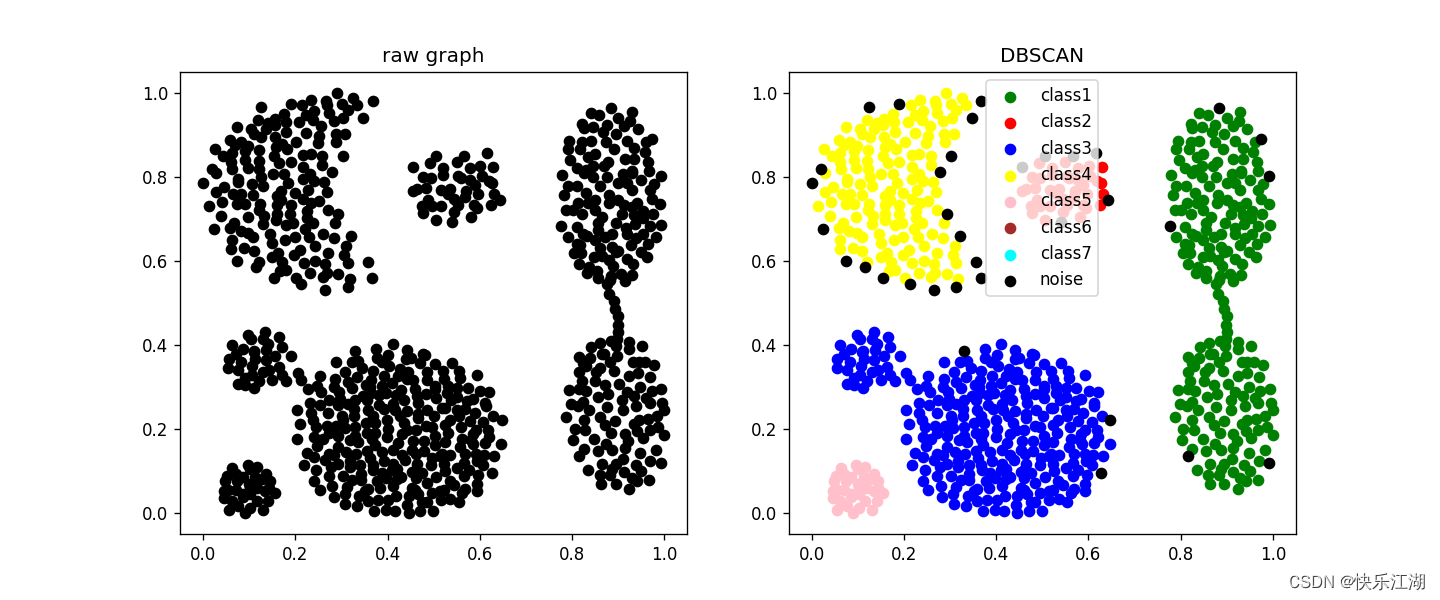
【数据聚类】第四章第一节3:DBSCAN性能分析、优缺点和参数选择方法
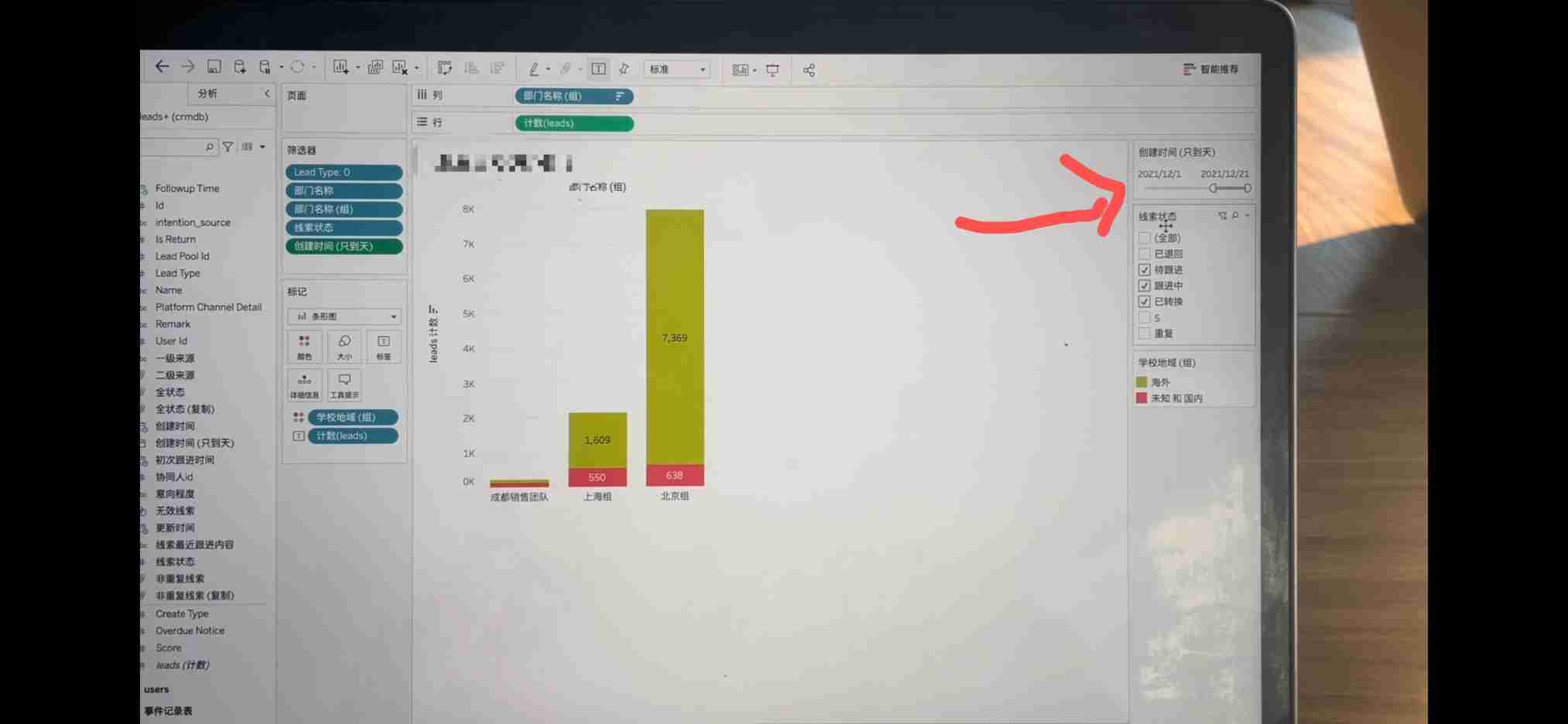
Tableau makes data summary after linking the database, and summary exceptions occasionally occur.
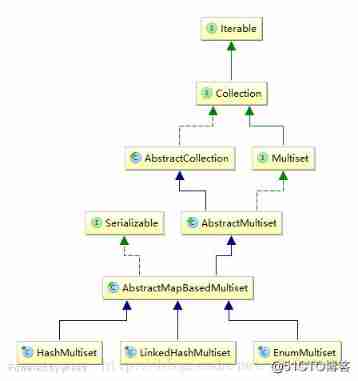
Source code analysis of the implementation mechanism of multisets in guava class library
![[Yunju entrepreneurial foundation notes] Chapter II entrepreneur test 12](/img/b1/926d9b3d7ce9c5104f3e81974eef07.jpg)
[Yunju entrepreneurial foundation notes] Chapter II entrepreneur test 12

Error: Failed to download metadata for repo ‘AppStream‘: Cannot download repomd. XML solution
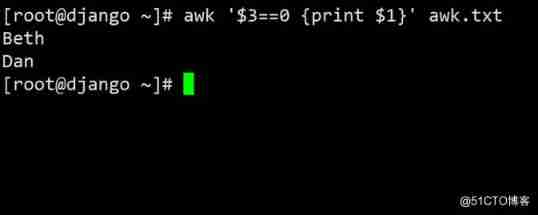
Awk getting started to proficient series - awk quick start

Hongke case study on storm impact in coastal areas of North Carolina using lidar
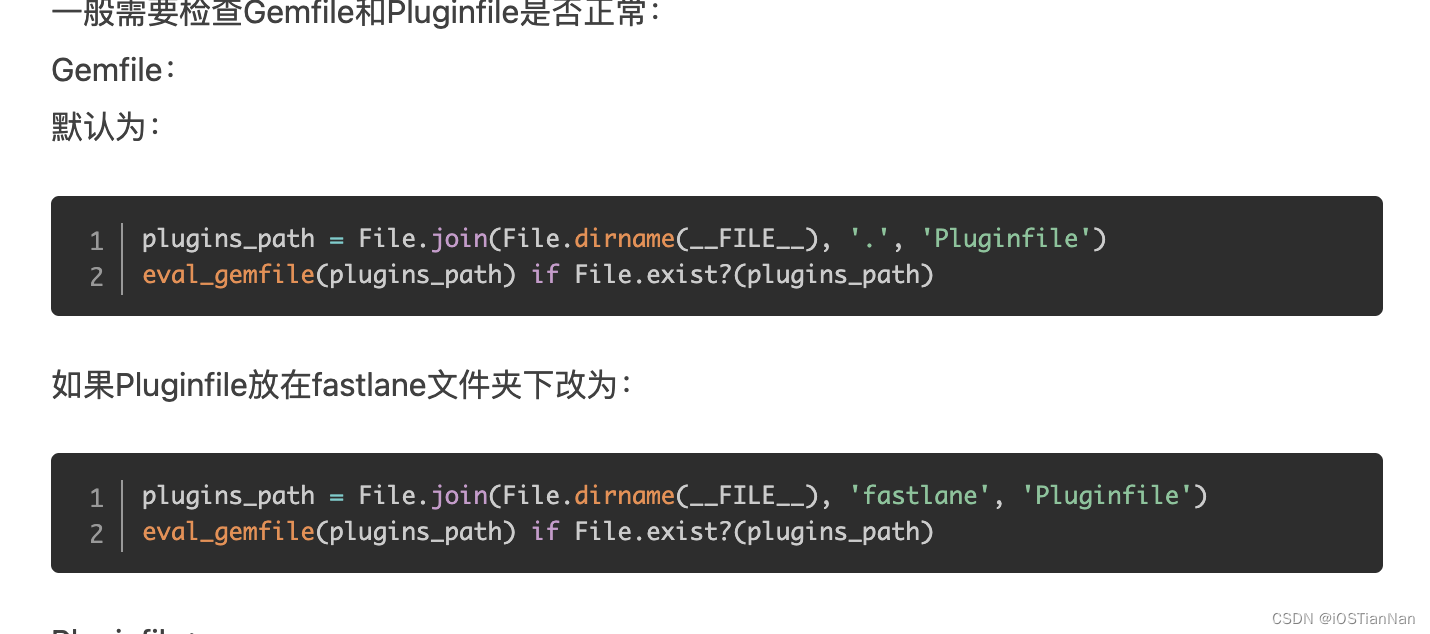
Fastlane 一键打包/发布APP - 使用记录及踩坑
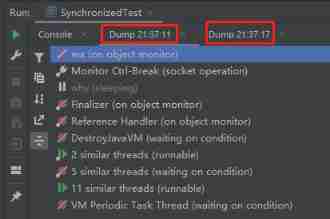
When synchronized encounters this thing, there is a big hole, pay attention!
随机推荐
template<typename MAP, typename LIST, typename First, typename ... Keytypes > recursive call with indefinite parameters - beauty of Pan China
Fastlane 一键打包/发布APP - 使用记录及踩坑
Cadence physical library lef file syntax learning [continuous update]
[Yunju entrepreneurial foundation notes] Chapter II entrepreneur test 11
MYCAT middleware installation and use
Clion configuration of opencv
Lvs+kept highly available cluster
DDS-YYDS
Entitas learning [iv] other common knowledge points
C語言:求100-999是7的倍數的回文數
Kivy教程之 08 倒计时App实现timer调用(教程含源码)
Global and Chinese markets of digital PCR and real-time PCR 2022-2028: Research Report on technology, participants, trends, market size and share
Here, the DDS tutorial you want | first experience of fastdds - source code compilation & Installation & Testing
Memory computing integration: AI chip architecture in the post Moorish Era
MySQL advanced review
Method of setting default items in C # ComboBox control code
World document to picture
R语言--readr包读写数据
[the way of programmer training] - 2 Perfect number calculation
Entitas learning [3] multi context system
